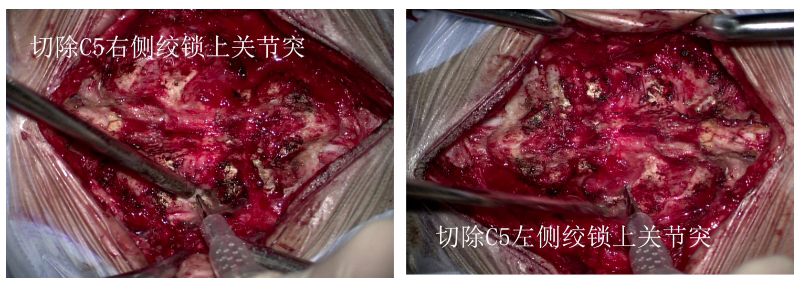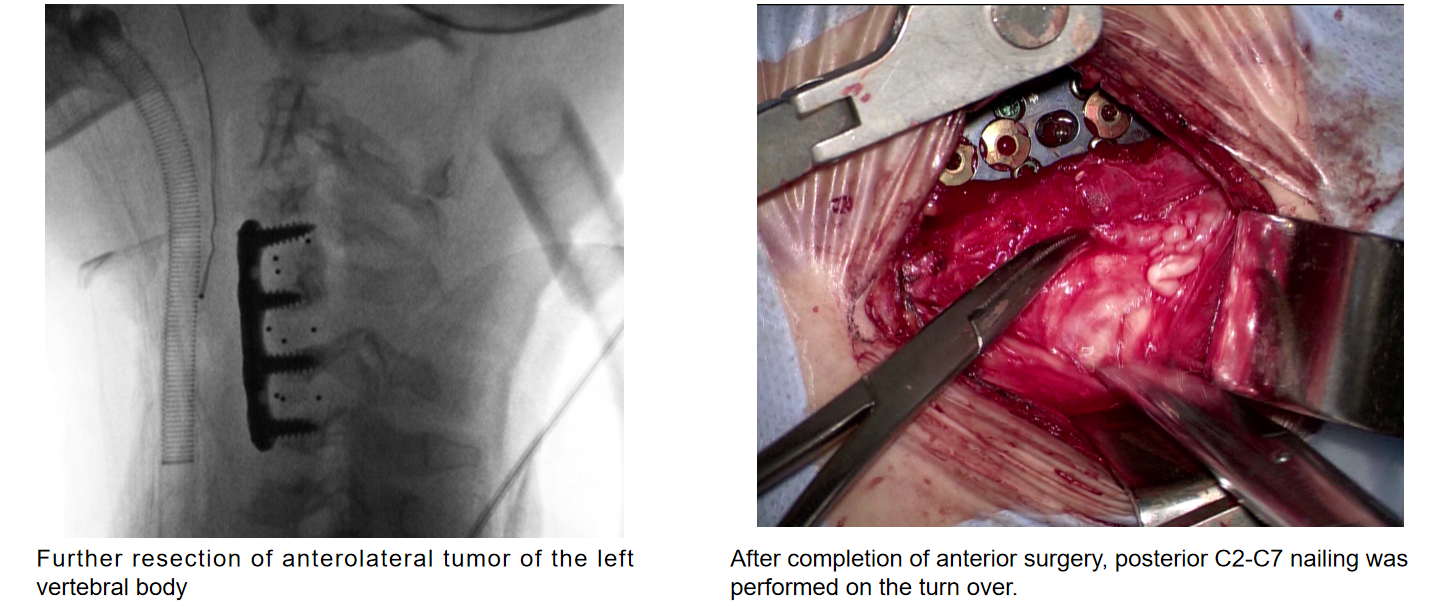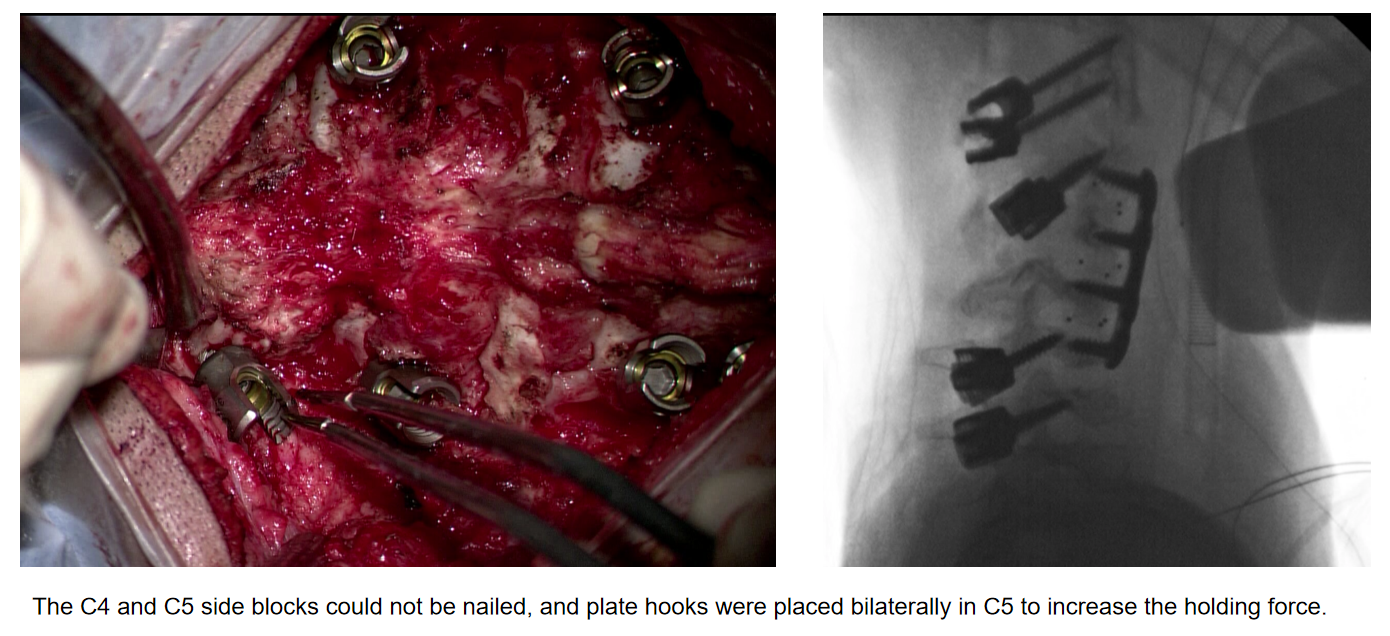Original Xuanwu Hospital Neurosurgery Department Xuanwu Hospital Neurosurgery Department 2023- 12- 16 10:00 Published in Beijing
Complex Surgery in Xuanwu in 2023
-Neurospine Center
Neurosurgeon: Jian Guan
Medical History
Female, age 7 years and 11 months, height 120 cm, weight 22.5 kg.
- Complaints: Neck pain with inability to walk for 3 months.
- History: Three months ago, severe neck pain appeared after activity, and was treated with pain medication at the local hospital. The pain worsened progressively, and she was unable to get up and move her head, with a VAS score of 8 points. MR examination of the cervical spine at the local hospital showed cervical subluxation with kyphosis.
- Past history: Neurofibromatosis found 2 years ago. Neurofibromatosis was found 2 years ago.
- Family history. Family history: none.
Preoperative imaging



Surgical Strategy
Step 1: Bidirectional pre-traction


Post traction CT

Step 2: Posterior-anterior-posterior approach for cervical kyphosis correction

Surgical process:
Posterior surgery is performed, and the upper articular processes of C5 strangulation are resected bilaterally.

The patient was turned over. The left anterior approach was used to remove the tumor at the same time

C4- 5 was inserted with a distraction nail, and it was seen that the vertebral body could only accommodate the width of one distraction nail.

C3-4, C4-5, C5-6 fusion placement completed





Postoperative image



Surgeon’s comment
Pediatric neurofibromatosis with kyphosis is a difficult type of surgery in cervical deformity. In this case, the patient's dislocation was severe, with very little bone, which was a great challenge for nail placement and orthopedic treatment.
For patients with such severe deformity, preoperative traction is very important. For this reason, we firstly chose the HALO frame for traction to reposition the vertical subluxation, and the patient could move freely with a good comfort level. In the later stage of traction, we further performed suspension traction to reposition the horizontal subluxation.
After two-way traction, the patient's posterior commissural joints still had some strangulation, and we first performed posterior surgery to fully release the posterior strangulated articular eminence. Anterior surgery is then performed to correct the kyphosis. In anterior surgery, because the patient has very little bone, the anterior screws alone are weak, and good repositioning is accomplished with the aid of a lifting tool. Finally, the patient was turned over and underwent posterior surgery to complete the posterior fixation of C2-7. Due to the abnormal development of most of the lateral blocks, it was not possible to place the screws in C4-5 bilaterally, and the fixation was done by applying the hooks of the laminae, and the diameter of the pedicles of C2 bilaterally was only 3.2 mm, but two screws of 3.5 mm were successfully inserted.
The patient's postoperative examination was satisfactory, and the neck pain and neurological symptoms disappeared. However, the development of bony structures in these children is abnormal, and close follow-up is needed to observe whether proximal or distal junctional kyphosis occurs.
Any use of this site constitutes your agreement to the Terms and Conditions and Privacy Policy linked below.
A single copy of these materials may be reprinted for noncommercial personal use only. "China-INI," "chinaini.org" are trademarks of China International Neuroscience Institute.
© 2008-2021 China International Neuroscience Institute (China-INI). All rights reserved.